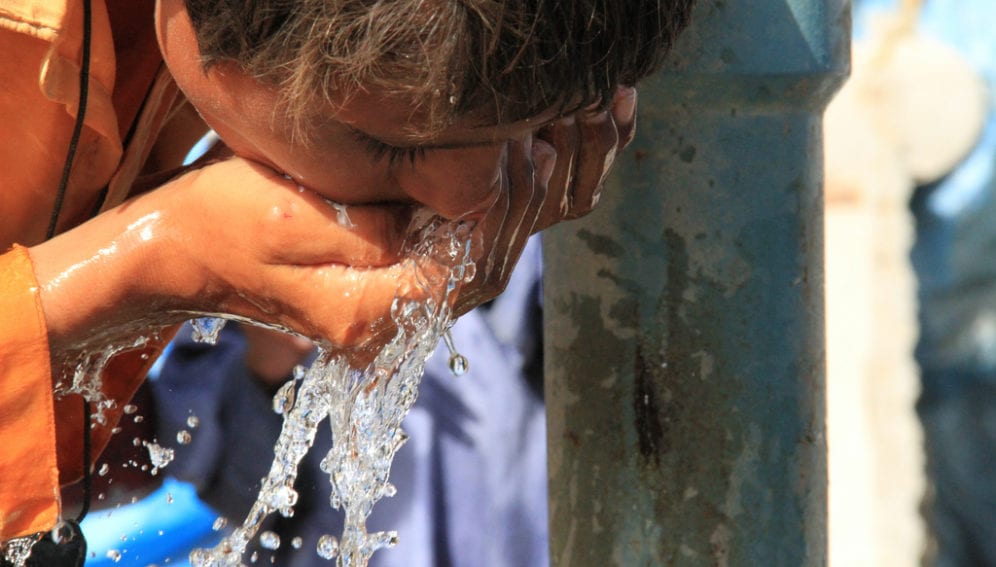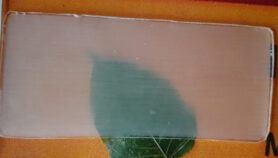By: Yao-Hua Law
Send to a friend
The details you provide on this page will not be used to send unsolicited email, and will not be sold to a 3rd party. See privacy policy.
[KUALA LUMPUR] Scientists from the Massachusetts Institute of Technology (MIT) in the United States are working with their counterparts in developing countries to produce an “economical and efficient” means of filtering out bacteria from water using plant xylem that normally transports water and nutrients from the soil.
The novel technology could provide a solution to the burden of water-borne diseases in East Asia and the Pacific where about 180 million people lack access to safe water supply, according to the UNICEF (UN Children’s Fund).
Rohit Karnik, an associate professor of mechanical engineering at MIT where he heads the Microfluidics and Nanofluidics Research Laboratory, says his team is interacting with water treatment experts in developing countries to produce a prototype of the xylem filter in the next 2-3 years.
“Low cost, easy-to-use and effective methods of water purification are needed to provide clean drinking water to a significant fraction of the global population,” says Karnik. “Our eventual goal is to enable practical implementation of xylem-based filters.”
In a recent study published in PLOS One (26 February), Karnik’s team demonstrated that the xylem of certain plants can effectively filter bacteria from water. Xylem tissue works like pipes in which water and minerals move from the roots to the leaves.
Using the sapwood of coniferous trees stripped of their bark, the team fitted pine branch cuttings into one end of a plastic tube. They then used this simple setup to filter a solution containing a high concentration of the E. coli bacteria.
They found that the xylem filter removed “at least 99 per cent” of the bacteria. A small stick around three centimetres long is sufficient to filter several litres of water a day — “sufficient to meet the clean drinking water needs of one person” the study says.
While acknowledging the potential of xylem filters, Daniele Lantagne, assistant professor at the Tufts University Department of Civil and Environmental Engineering in the United States, emphasises that prototypes must first be “tested according to the WHO guidelines for evaluation of household water treatment products”.
Lantagne, who has worked with water treatment programmes in more than 40 countries, says the current xylem filter fails the WHO standards for drinking water, which must contain “no detectable E. coli in every 100 millilitre sample”.
Other water-borne pathogens like viruses may also slip through the xylem, says Jonathan Ball, virologist at the University of Nottingham in the United Kingdom, noting that Karnik’s team showed that the xylem filter could not remove particles smaller than 80 nanometre.
“A cut-off of 80 nanometre would remove some viruses (for example, poxviruses) but not all (such as noroviruses) that are harmful to humans,” says Ball.
The MIT study, however, provides directions for further development of the xylem filtration technology. A possible design, Karnik suggests, could be a water container placed a few feet above a faucet that has a replaceable xylem filter inside — no pumps required — that could filter four litres of water daily.
As he notes, the xylem filter is “cheap, light and easy to set up”— a “promising alternative” to costlier water treatment methods such as sand filters, solar-disinfection, chlorination and other expensive membrane filters.
Link to full study in PLOS One
This article has been produced by SciDev.Net's South-East Asia & Pacific desk.
References
PLOS One doi:10.1371/journal.pone.0089934














